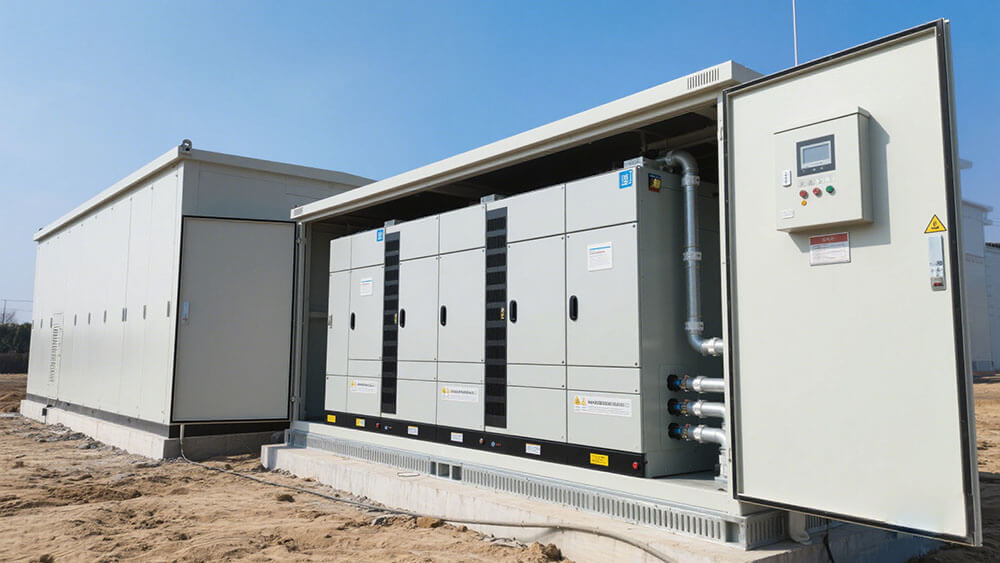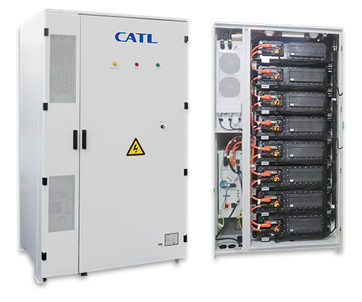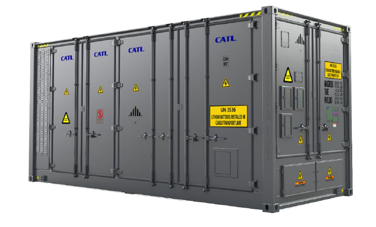


What the Update to NFPA 855 Means for Energy Storage Safety ?
What the Update to NFPA 855 Means for Energy Storage Safety ?
As the renewable energy sector continues to grow, so does the importance of ensuring the safety of energy storage systems (ESS). The newly released 2026 edition of NFPA 855: Standard for the Installation of Stationary Energy Storage Systems brings several critical updates that will affect how we manage risk, design systems, and plan for emergencies. Here’s what every H&S professional needs to know.
What’s New (2026 Edition Highlights)
- Stricter Fire & Explosion Testing Protocols
The standard now requires testing under UL 9540A and large-scale fire testing in certain situations. That means more rigorous data on gas production, thermal runaway propagation (within modules and between systems), and ignition of vented gases. - Wider Hazard Mitigation Analysis (HMA) Requirements
Whereas previous editions triggered an HMA only under specific circumstances (like exceeding certain stored energy thresholds), the new version pushes towards HMAs being default, unless otherwise modified in technology-specific chapters. In other words — less wiggle room. - Fire Suppression & Control Systems
A rebalancing of expectations. The 2026 edition expands the types of suppression systems treated as acceptable and removes language that made some fire control systems only “alternative” options. The wording around suppression and other safety systems has been tightened. - Emergency Response Plans & Training
Requirements now include earlier and tighter integration of the Authority Having Jurisdiction (AHJ) in developing emergency response plans, and prerequisites for training personnel. It’s not just a document you produce — there are expectations for consultation, review, and verified readiness. - New & Emerging Technologies More Explicitly Covered
The scope in terms of battery‐technologies has been expanded; the thresholds in Chapter 1 & tech-specific tables in Chapter 9 have been updated. This helps ensure that newer battery chemistries and designs aren’t left in ambiguous safety territory.
Why It Matters
- Risk Management & Safety Assurance: More rigorous testing and broader HMAs mean that potential hazards will be identified—and (hopefully) mitigated—earlier in design or procurement phases.
- Regulatory Alignment: Whilst not a specific regulatory requirement in Europe it can be considered to be a best practice guideline, regulators and insurers may use NFPA 855 as a benchmark. Being ahead of the curve helps permit approvals, insurance, and community trust.
- Design & Operational Costs: Implementing the new requirements (larger tests, more detailed HMAs, suppression systems etc.) may increase upfront costs or lead times. But failure to comply (or inadequately planning) could lead to far higher costs later (damage, liability, downtime).
- Emergency Preparedness: ESS emergencies (fires, thermal runaway, vented gases, explosion potential) are high-consequence. More robust emergency response planning and training can save lives, limit damage, and improve recovery.
What We Need to Do Next
- Review all ongoing and planned ESS projects against the 2026 NFPA 855 requirements. Identify any gaps especially around testing, suppression, and HMAs.
- Engage with design, procurement, fire protection engineering partners to ensure that new systems are designed to comply—not retrofitted.
- If not already doing so, work closely with local authorities early in the design/planning process, particularly for emergency response and hazard mitigation.
- Update internal H&S policies, training materials, and emergency procedures to reflect the new standard.
- Where budget and schedule allow, anticipate that suppliers may need to change their offerings (modules, suppression systems, testing) to meet the new standard.
I believe these changes reaffirm our commitment to safety in ESS installations. As the H&S Manager, I view this as a strong opportunity for our company to lead in not only complying, but exceeding expectations—raising the bar for safety in renewables.
Written by Gareth Tucker






